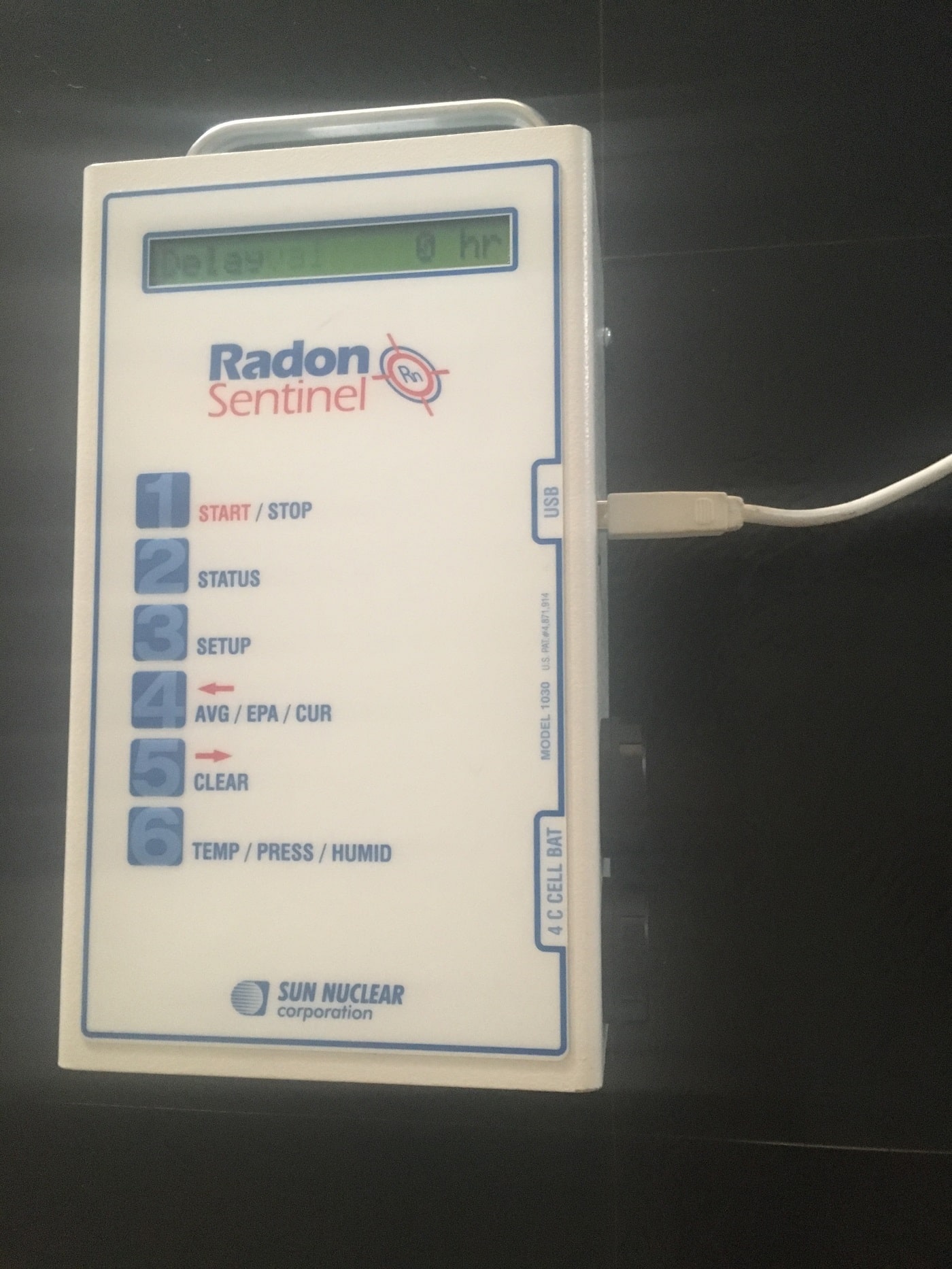Protecting Your Home from Water Infiltration & Radon
Owner & operator of Safe Basements of MN, Jesse Trebil offers must-know information concerning Radon gas and preventing water damage to your basement.
Listen to the Entire Show Here:
What is Radon & Where Does it Come From?
Radon is a radioactive gas that is harmful to breathe that can be emitted from the soil. The best time to test for radon is in the winter or summer when your home’s furnace or air conditioner are running. In homes with an open dirt crawlspace, when the heat is turned on, the heat rises and pulls negative pressure in the crawlspace and it sucks the radon out of the soil, which can create unsafe levels of radon within a home. At times, encapsulating the crawlspace can eradicate the radon issue. To accomplish this, a heavy plastic reinforced liner is used to wrap the entire crawlspace to ensure no air can come out of the soil. However, if that does not work, a sub-slab depressurization system may need to be used.

Another area of the home vulnerable to high radon levels is the sump pump area. Water finds the lowest level and seeks the path of least resistance. A drain tile system is designed to drain water to your sump basket, a low spot, so it can be drained out. Because the water is being extracted from the dirt, a basement air conduit is created, with all air being dumped into the sump basket. This makes it critical to have a sealed sump basket in order to prevent an entry point for radon gas.
Learn More About LeafGuard® Gutter Installation:
Protecting Your Twin Cities Home from Water Damage
When building a home, homeowners can choose between an array of foundations, including poured wall and block. While both work well, it’s important to have a water management strategy in place. Within 10 years of a home being built, dirt around the home’s exterior can begin to sink, allowing water to sink in, rather than be channeled away. It’s important to keep the grade up and use quality gutters.

If you have a persistent issue with a wet basement, know that there are solutions available to eradicate the situation. It’s vital that the soil that your concrete floor is sitting on is dried out completely. To do this, the water table must be lowered about eight inches below the floor. This is done through the installation of drain tile. This provides a safe path for water to be delivered to the sump basket, rather than saturating the dirt.
Contact us today to get started on your next home improvement project.
Our team answers homeowner questions every weekend on WCCO 830 AM from 9:00 am-10:00 am. Have your most pressing home improvement questions addressed by calling or texting 651-461-9226.
